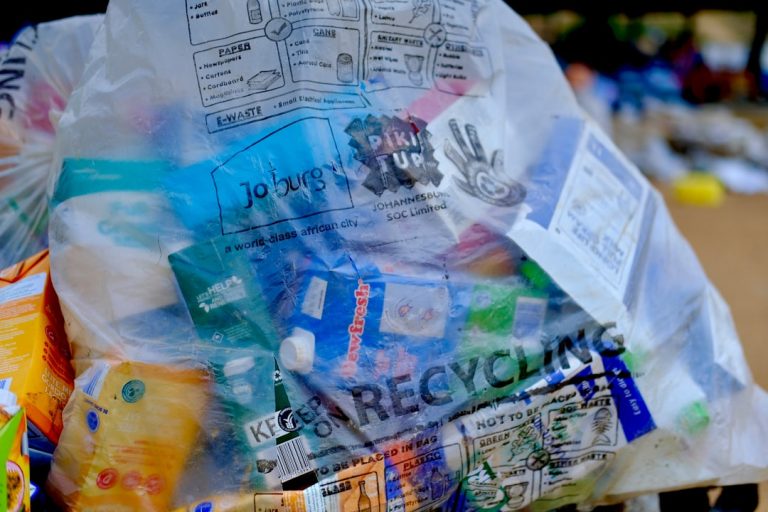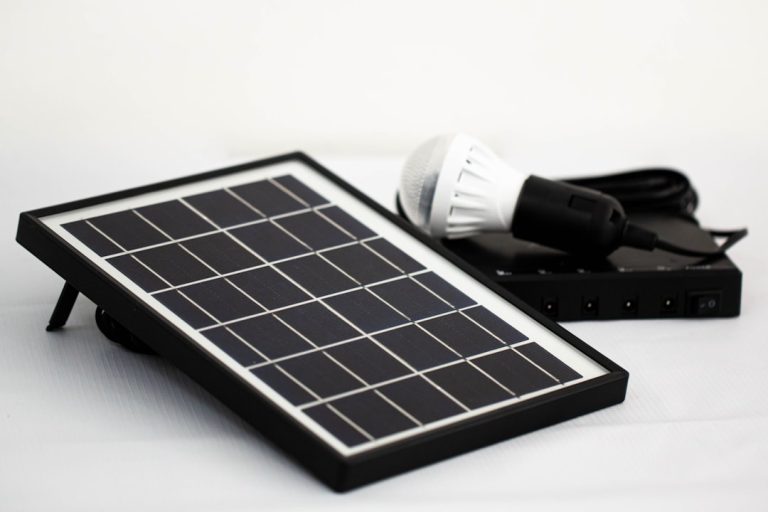My Review of Zero-waste Cookbooks and Recipes.
My Review of Zero-waste Cookbooks and Recipes
Embarking on a zero-waste journey in the kitchen can feel like stepping into a culinary labyrinth. There’s the excitement of doing good for the planet, but also the daunting question of how. For me, the answer lay in a stack of zero-waste cookbooks and a deep dive into countless recipes. This isn’t just about cooking; it’s about a fundamental shift in how I view food, waste, and my role in the consumption cycle. After months of chopping, simmering, preserving, and even a few culinary mishaps, I’m ready to share my honest review of the tools that guided me: the zero-waste cookbooks and the innovative recipes they hold.
My First Forays into the Zero-Waste Kitchen: Expectations vs. Reality from the Cookbooks
When I first started collecting zero-waste cookbooks, my expectations were sky-high. I envisioned a magical transformation where every scrap found a purpose, every meal was a masterpiece of sustainability, and my trash bin would be perpetually empty. The reality, as taught by these very books, was more nuanced, and frankly, more empowering because it was achievable. Many cookbooks promised radical shifts, but the truly effective ones started with foundational principles rather than just a list of recipes.
I quickly learned that a “zero-waste cookbook” isn’t just a collection of dishes; it’s often a philosophy encapsulated in pages. Some focused heavily on reducing food waste at home through smart meal planning and ingredient utilization. Others championed bulk buying and making everything from scratch to avoid packaging. The initial challenge wasn’t the recipes themselves, but integrating the mindset. I expected instant perfection, but the books gently guided me towards a learning curve. They taught me that “zero waste” is a continuous effort, not a destination, and that every small step counts. This shift in perspective, more than any single recipe, was the most valuable takeaway from my early explorations.
Beyond Just Recipes: How These Cookbooks Taught Me to Rethink My Pantry
One of the most profound impacts these zero-waste cookbooks had wasn’t just on what I cooked, but how I organized and stocked my kitchen. Before, my pantry was a chaotic collection of half-used bags and forgotten cans. The cookbooks, however, emphasized a strategic approach to pantry management, turning it into a fortress against waste. They didn’t just list ingredients; they explained why certain staples were crucial for a zero-waste lifestyle.
I learned the power of buying in bulk for items like grains, legumes, nuts, and spices, storing them in reusable jars. This immediately cut down on packaging waste. The recipes often called for versatile ingredients that could be used in multiple dishes, reducing the need for obscure, single-use items that would eventually expire. For instance, a cookbook might feature a recipe for homemade vegetable broth using scraps, followed by a soup recipe utilizing that broth, and then a risotto recipe that also benefits from it. This interconnectedness was brilliant.
The Art of Using Every Part: From Root to Stem
A recurring theme across the best zero-waste cookbooks was the celebration of “root-to-stem” or “nose-to-tail” cooking, adapted for vegetables. Recipes that previously would have had me discarding carrot tops or broccoli stems suddenly became opportunities for pesto, crisps, or additions to stocks. I discovered recipes for:
- Beet green pesto: A vibrant alternative to traditional basil pesto.
- Broccoli stem slaw: Finely shredded stems adding crunch and nutrition.
- Cauliflower core hummus: Blended cores creating a creamy dip.
- Citrus peel candy or cleaning solutions: Utilizing what I once considered trash.

The Unsung Heroes: Cookbooks That Mastered Leftover Transformation
Perhaps the most challenging aspect of reducing food waste, for me, was tackling leftovers. They often languished in the back of the fridge, eventually meeting an unfortunate end. This is where certain zero-waste cookbooks truly shone, offering not just recipes, but strategies for leftover transformation that felt genuinely innovative and delicious. They turned the dreaded “reheat” into a creative culinary endeavor.
I found cookbooks that dedicated entire chapters to repurposing common leftovers. For example, leftover roasted vegetables weren’t just destined for another side dish; they became the base for frittatas, savory tarts, or blended into creamy soups. Stale bread found new life as croutons, breadcrumbs, or even a panzanella salad. Cooked grains were reimagined as grain bowls, fried rice, or even incorporated into veggie burgers.
From Fridge Foraging to Feast: My Favorite Transformations
Some of my favorite recipes from these books included:
- Roasted Vegetable & Lentil Shepherd’s Pie: A hearty way to use up any leftover roasted veggies, topped with mashed potatoes.
- Stale Bread Puddings (Sweet & Savory): Turning old bread into a comforting dessert or a savory breakfast bake.
- “Everything But The Kitchen Sink” Frittata: A perfect canvas for wilted greens, small portions of cooked meat, and leftover cheese.
- “Scrap” Vegetable Broth: A fundamental recipe found in almost every good zero-waste cookbook, transforming onion peels, carrot ends, and herb stems into a flavorful stock. This one recipe alone has probably saved countless vegetable scraps from the compost bin.
Navigating the Learning Curve: My Honest Take on Challenging Zero-Waste Techniques
While many zero-waste recipes proved surprisingly simple, some techniques required a significant learning curve. Not every cookbook was equally adept at guiding a novice through these more complex processes. I encountered recipes for fermenting, pickling, and making things entirely from scratch that, while ultimately rewarding, initially felt overwhelming.
For instance, mastering sourdough from scratch, as suggested in some books to avoid packaged bread, was a journey of patience, failed starters, and a lot of flour. Similarly, making homemade cheeses or nut milks, while reducing packaging, often required specialized equipment or a time commitment that wasn’t always feasible for a busy weeknight. Some cookbooks assumed a certain level of existing kitchen prowess, leading to moments of frustration.
What Worked and What Was Overly Ambitious
- Successes: Simple preservation methods like quick pickling vegetables, making fruit jams, and dehydrating herbs were relatively straightforward and highly effective. Recipes for homemade cleaning products or beauty items (like infused vinegars or body scrubs) also proved easy wins, extending the zero-waste ethos beyond just food.
- Challenges: Large-scale canning, intricate fermentation projects, and recipes requiring significant time for foraging or extremely specific, hard-to-find ingredients often felt out of reach for daily practice. The best cookbooks acknowledged this and offered simpler alternatives or clear guidance for beginners. The key was finding books that balanced ambition with practicality, offering a gradual path to more advanced techniques rather than throwing me into the deep end.
My Top Picks: Cookbooks and Recipes That Truly Delivered on Their Zero-Waste Promise
After sifting through numerous resources, a few types of zero-waste cookbooks and specific recipe approaches truly stood out for their practicality, deliciousness, and genuine impact on reducing waste. These are the ones I keep returning to, the ones that have become indispensable guides in my kitchen.
The “Mindset Shifters”
These aren’t just recipe books; they’re manifestos for a more sustainable kitchen. They focus






